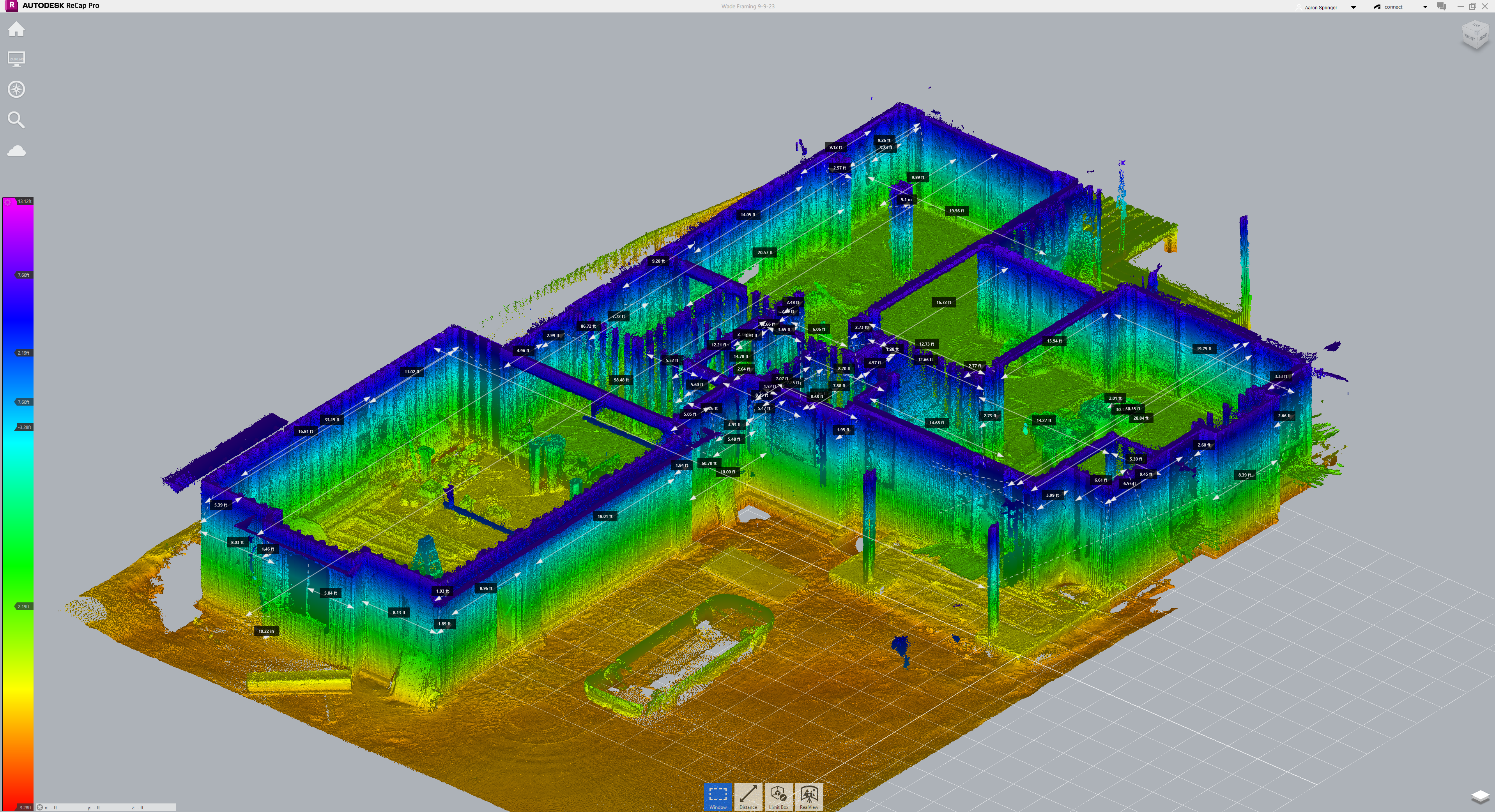In the fast-paced world of construction and infrastructure development, accuracy and efficiency are essential for successful project outcomes.
In the fast-paced world of construction and infrastructure development, accuracy and efficiency are essential for successful project outcomes. One of the most transformative technologies helping AEC (Architecture, Engineering, and Construction) professionals achieve precision in their work is LiDAR scanning. This advanced method plays a vital role in construction documentation, offering millimeter-precise data for site analysis, progress tracking, and quality control.
So, what exactly is LiDAR scanning, and why is it becoming a standard in modern construction projects? Let’s break it down.
What is LiDAR Scanning?
LiDAR stands for Light Detection and Ranging. It’s a remote sensing technology that uses laser pulses to measure distances with extreme accuracy. The system emits pulses of light, which bounce off surfaces and return to the sensor, allowing the creation of a detailed 3D point cloud—a collection of data points representing the scanned environment.
This technology can be mounted on drones, tripods, or handheld devices, making it highly versatile for both aerial and ground-level scanning. For construction site accuracy, LiDAR scanning excels in capturing complex environments with exceptional detail, making it ideal for both initial site assessments and ongoing project monitoring.
Why LiDAR Scanning Matters for Construction Projects
In construction, precision matters. A small measurement error can lead to costly rework, project delays, or even structural issues. LiDAR scanning helps mitigate these risks by providing millimeter-level accuracy throughout the entire construction lifecycle.
Key Benefits of LiDAR Scanning for Construction:
- Unmatched Accuracy: LiDAR provides highly detailed 3D laser scans capable of measuring down to millimeter precision, reducing errors in site documentation and measurements.
- Enhanced Progress Tracking: Capture as-built data during various stages of construction for real-time progress monitoring and comparison with project plans.
- Improved Collaboration: Share 3D models and scans with stakeholders for clearer communication, minimizing misunderstandings between project teams and clients.
- Time Efficiency: Traditional surveying can be time-consuming and labor-intensive. LiDAR scanning speeds up data collection, reducing project timelines while enhancing accuracy.
- Reduced Rework: Accurate data minimizes discrepancies between the design and the actual build, helping avoid costly rework or project delays.
Applications of LiDAR Scanning in Construction
LiDAR scanning can be applied at various stages of a construction project, including:
1. Pre-Construction Site Analysis
Before breaking ground, LiDAR scanning can capture existing site conditions with detailed 3D models. This data allows architects and engineers to identify potential challenges early and adjust designs accordingly, ensuring the project starts on solid ground.
2. Construction Progress Monitoring
Regular LiDAR scans during construction provide accurate, real-time data on project progress. By comparing scans to the original BIM (Building Information Modeling) plans, teams can ensure work is completed to specification and make adjustments as needed.
3. Quality Control and As-Built Documentation
As-built LiDAR scanning ensures that the finished structure aligns with design specifications. This data can be essential for compliance verification, quality assurance, and post-construction documentation.
4. Renovations and Retrofits
For renovation projects, especially in Indiana’s historic or complex structures, LiDAR scanning captures the current state of the building with precision, allowing for accurate planning without invasive surveying.
LiDAR scanning has become an essential tool in modern construction projects, offering unparalleled accuracy, efficiency, and quality control. As technology continues to evolve, embracing 3D laser scanning ensures construction professionals can deliver projects with greater confidence and precision.



